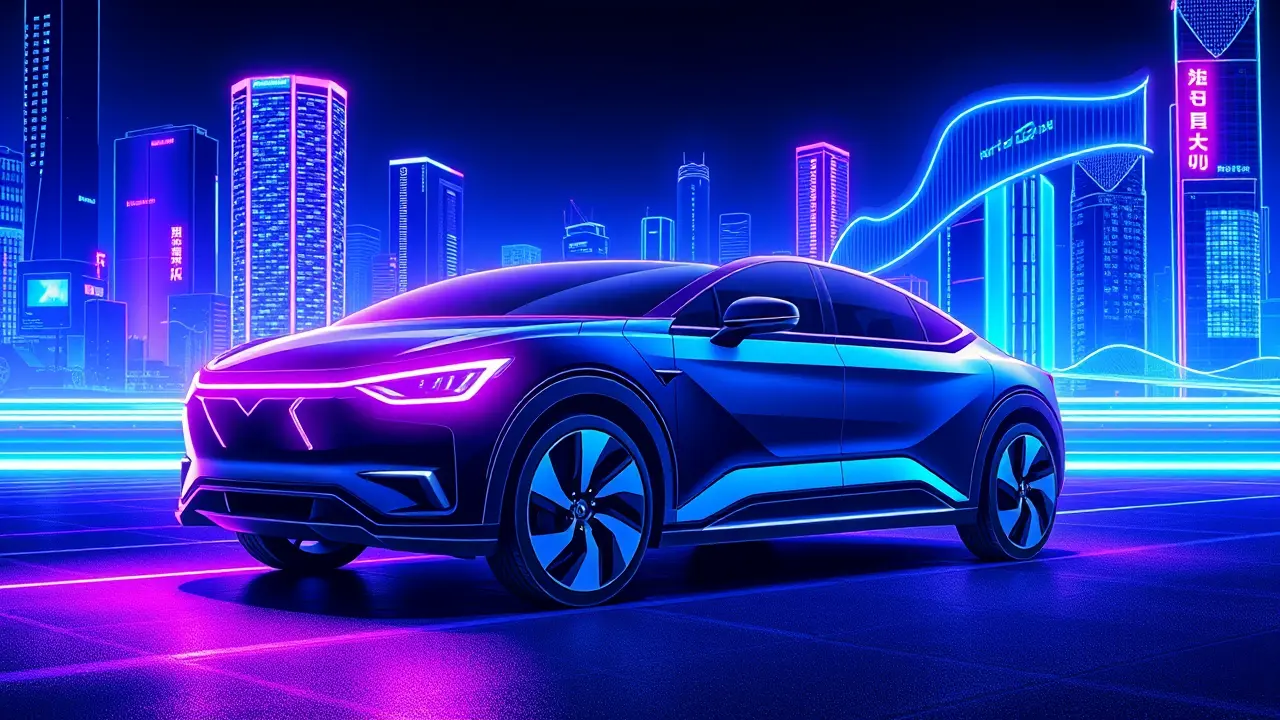Record Pure-EV Sales in China Driven by New Models and Expiring Incentives
The mainland Chinese automotive market, a critical barometer for global economic health and technological adoption, witnessed an unprecedented surge in pure-electric vehicle (BEV) sales last month, with a staggering 826,000 units delivered to domestic customers—a 28. 5 percent year-over-year increase that decisively shattered the previous record of 762,000 set just last December.This explosive growth, meticulously tracked by the China Passenger Car Association (CPCA), was not a random market fluctuation but a calculated, high-voltage rally driven by a potent confluence of expiring government incentives and a blistering pace of new model launches from the nation's approximately 50 EV manufacturers. Consumers, acting with the strategic foresight of day traders before a major Fed announcement, rushed to showrooms to lock in substantial tax breaks and subsidies before they vanished, creating a demand pull-forward effect that has significant implications for quarterly earnings reports and inventory cycles.This sales boom arrived earlier than the typical year-end push, underscoring the profound sensitivity of the Chinese consumer to fiscal policy. To fully appreciate this market dynamic, one must look at the broader macroeconomic canvas: the Chinese government's multi-year, multi-billion-dollar campaign to establish global dominance in the EV sector, a strategic industrial policy that has nurtured giants like BYD and created a fiercely competitive landscape where legacy automakers and nimble startups vie for market share.This policy-driven ecosystem, reminiscent in its scale and ambition of the state-backed infrastructure projects that built the nation's high-speed rail network, has successfully created the world's largest EV market, but it now faces a critical inflection point as subsidies begin to taper. The question now looming over Wall Street and global auto executives is whether this record represents a sustainable growth trajectory or a classic, stimulus-induced bubble that could lead to a painful hangover in the coming quarters.Analysts are closely monitoring inventory levels and consumer debt ratios, concerned that the pull-forward of demand may create a vacuum in Q4, forcing manufacturers to implement aggressive discounting strategies that could compress margins and spook investors. The performance of key publicly-traded players like BYD, Nio, and Xpeng in the aftermath of this surge will be a crucial indicator of the sector's underlying health, much like how Tesla's delivery numbers are dissected for clues about broader EV adoption trends in the West.Furthermore, this sales spike illuminates a deeper structural shift within the global auto industry, where China is no longer just a massive sales market but the undisputed epicenter of EV innovation and manufacturing scale, a position that grants it formidable leverage in battery supply chains and software development. The ripple effects from this September surge will be felt from Stuttgart to Detroit, as European and American automakers recalibrate their China strategies in the face of such ferocious local competition, potentially accelerating joint ventures or technology licensing agreements to avoid being marginalized.In the grand chessboard of global finance and industry, China's record EV sales are more than just a monthly data point; they are a powerful signal of a reordering of the automotive world order, with profound consequences for commodity markets, geopolitical alliances, and the future of urban mobility. As Warren Buffett, a longtime champion of BYD, has often implied, the best investments are made in businesses riding powerful, long-term trends, and the electrification of transport in China is perhaps the most powerful trend of all, even if its quarterly figures are subject to the volatile rhythms of government policy.
JA
Jamie Lawson123k2 days ago
wow that's a crazy number of EVs, kinda feels like a bubble waiting to pop tho ngl
0
